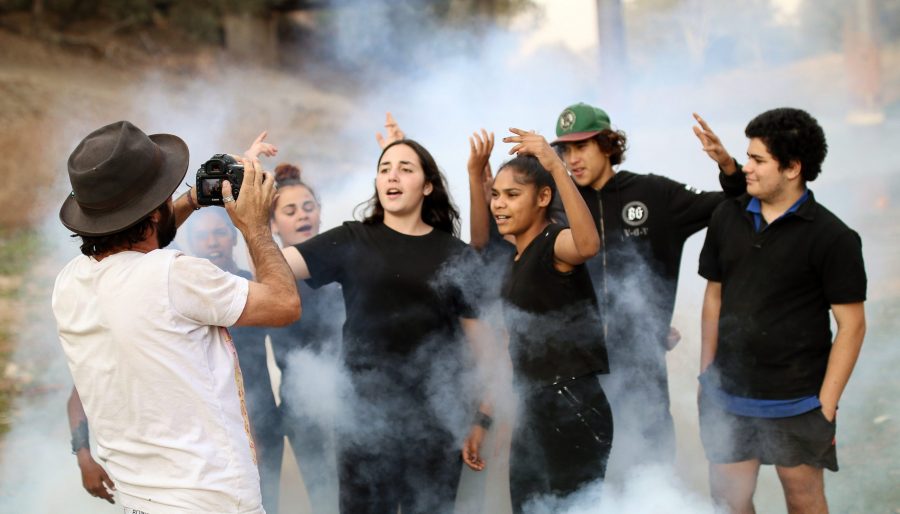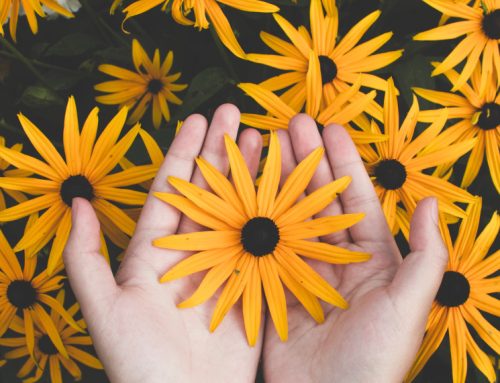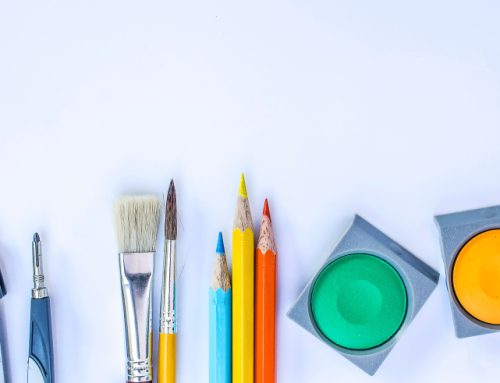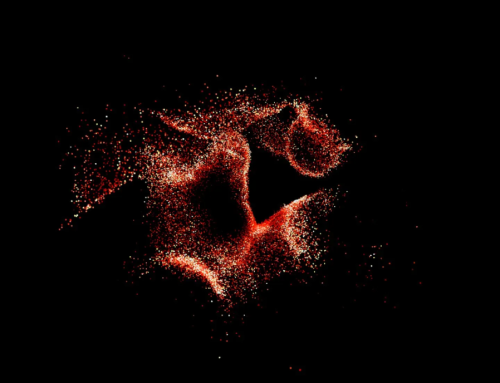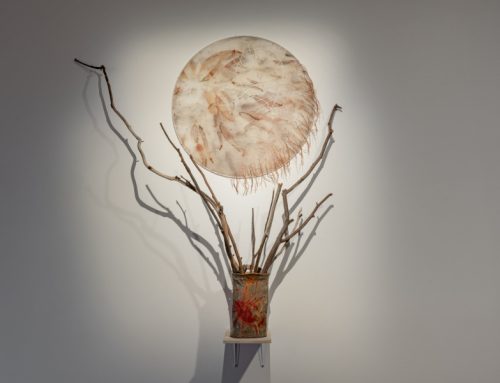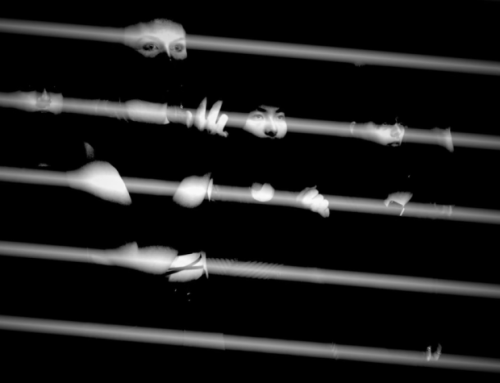Desert Pea Media (DPM) works with Indigenous young people in regional and remote areas of Australia using contemporary storytelling techniques and audio-visual media to foster important social and cultural dialogue. DPM has produced over 130 music videos and 40 documentaries with over 80 Original Nations communities. Their YouTube channel has had over 4.4 million views. In this interview, Creative Director Toby Finlayson speaks to Holly Davison from AHNNA about the evolution of a balanced and respectful social & cultural relationship between Indigenous and non-Indigenous Australia.

Image from DPM production ‘Our Way’
From doing a little bit of background research, I understand that you founded Desert Pea as a student, and that the organisation is almost 20 years old! Congratulations on all your amazing work so far. Tell us a little bit about Desert Pea and how it’s evolved over these past 19 years.
Thanks! As you can imagine, DPM has grown and developed in many ways over the years, and we are still very grateful for the opportunity to be on country, and learn, share, and create with Original Nations communities.
DPM’s community process was designed by founding members Matthew Priestley (Kamileroi/Gomeroi – from Moree, NSW) and Toby Finlayson (Irish/Scottish/English descent, born on Wiradjuri Country – Forbes NSW) through the vehicle of genuine, reciprocal friendship.
We began as two passionate, committed, slightly crazy young artists, working on the coal face for a cultural revolution. Now, after 20 years we have grown to a medium-sized organisation, with an amazing Board of Directors, three full-time staff, a long list of contractors, trainees and STILL committed to that cultural revolution.
It hasn’t been an easy road – and DPM has recently been in survival mode through the COVID-related interruptions to our work – but we remain resilient and committed to supporting Original Nations people in Australia, despite the challenges and twists and turns of the journey.
This constantly developing and maturing creative process has created genuine, measurable social impacts, and long-term partnerships such as Primary Health Networks around Australia, various Philanthropic supporters and State and Federal Government.
As an arts-health network, we came to your work because it seemed a fantastic example of how to involve storytelling and artistic creation in addressing a social or health issue. Can you tell me a little bit about your thoughts on taking arts-based approaches to social/health problems? Did you face any barriers in taking this approach?
Great question – Basically, I think health and wellbeing for young people is intrinsically connected to social engagement. Connection. Engagement with education processes, with community structures (family and social networks), support systems. Healthy connection with country and culture, and ultimately, connection with yourself.
Arts practice has long been the benchmark for engagement in health education – dialogic processes that maintain integrity and authenticity. Music, performance, theatre, film, and visual arts create safe, and appropriate spaces for expression, learning and two-way education.
Arts programs are admittedly difficult to measure in terms of direct health outcomes, but their impact is undeniable. Many of DPM arts-based health programs have been funded by Primary Health Networks around Australia over the last few years, and it’s exciting to see innovation and experimentation in this space.
However, sustainable partnerships and program funding remains the ‘elephant in the room’ so to speak. Real impact requires trust, and consistent, measured, long-term projects. Government funding cycles rarely acknowledge or support this reality. As a nation, we need to think more objectively about engagement and connection, and how we actually make some changes for future generations of all backgrounds.
On your website, you quote Lilla Watson and the Aboriginal activists from Queensland in the 1970s who said: ‘If you have come here to help me, you are wasting our time. But if you have come because your liberation is bound up with mine, then let us work together.’ Can you tell me bit about the collaborative nature of your work, and why that’s so important?
It’s clear across the health industry, that community-driven solutions to health problems are finally superceding the more colonial ‘we know better’, or ‘top down’ models. It’s exciting to see Indigenous-led health centres becoming more commonplace in the NT and elsewhere in Australia.
We describe our work as ‘collaborative storytelling’, and it’s based on a very old, and very undervalued process of education, which has been happening around campfires in Australia, and around the world since the beginning. It’s based on equality, mutual respect, and listening.
In a safe creative space, DPM brings people together to share, discuss, and propose solutions to social and cultural issues. The process of feeling ‘heard’, of celebrating identity, sharing stories, feeling ‘proud’ about yourself and who you are, is very important and something that only happens through dialogue, engagement, and connection. It needs to happen more often, and in a more sustainable way.
We don’t have the answers. We just create spaces for community to create the answers themselves. We combine the stories and themes that community are saying with contemporary media and technologies and the results are meaningful and have long-lasting impacts in the communities.
How have your operations been impacted by COVID-19? What role do you think your work, and your social media channels in particular, plays in the pandemic context?
It’s been a tricky time – for the entire NFP/NGO sector, and we’re no different. We have had to postpone a suite of community projects with NT Primary Health Network and cancel others in NSW & QLD. The process of managing the COVID-19 hasn’t been easy for a small NGO like DPM.
However, thanks to an incredible Board of Directors and a small, talented, committed, and resilient team, we’ve managed to focus on what we CAN do. We’ve been office-bound, working on internal development for most of the last year. Policies and procedures, cultural frameworks, discussion around identity and process, internal reviews, measuring impact.
Worth noting that through 2019-21 we had an independent evaluator research our methods and outcomes. This reinforced much of what we already assumed/knew about the successes and impacts of the work and gave us and our funding bodies some new challenges to look at. The results were 2 Evaluation Reports relating to the 2 projects that were researched – which were multi-community partnerships with North Queensland Primary Health Network and the North Coast NSW Primary Health Network and 2 corresponding film productions, exploring the evaluation process and outcomes.
What’s next for Desert Pea? I know you released your first published work last year, which looks fantastic. Are you interested in moving further into print, or other creative mediums, in the future?
We’re about to release a completely new Desert Pea Media website, we’ve designed a new donor campaign so our supporters can contribute to DPM’s work in a meaningful way, and we are even about to begin work on a ‘Remix Project’ with some of Australia’s best Indigenous and non-Indigenous Music Producers and songwriters.
DPM is committed to innovation – always self-reflecting, always self-critical and always in the pursuit of excellence. We’re not restricted by form or by anything really, other than ‘working towards an Australia where Original Nations people are respected, embraced and supported to live a life of their own design.’
We’re so excited to get back out to communities, with some exciting projects and partnerships in the NT in 2022. We can’t wait to get back to our core business, and keep those important conversations, stories and cultural revolutions in the frame.

Toby Finlayson,
DPM Creative Director & Co-Founder
“Co-founder of Desert Pea Media, Toby has been working in remote Indigenous communities around Australia and the world since 2003. Toby trained in Thailand with acclaimed CCD organisation The Makhampom Foundation in 2003 and completed a BA Communications in Theatre & Media in 2004. Toby co-ordinated art programs in Sri Lankan tsunami refugee camps in 2005. Toby’s commitment to the cause has seen him dedicate his adult working life to Desert Pea Media, delivering a host of Indigenous media programs, effecting real lasting change for young Original Nations’ peoples, touching the lives of a generation of disenfranchised Indigenous youth and giving them a voice… a bridge to a positive future. He continues to direct and facilitate programs today.”
Except from the DPM website
